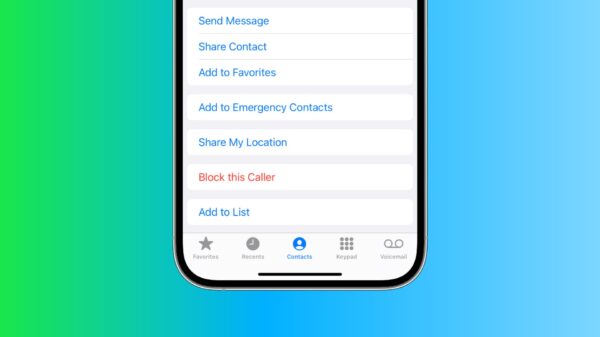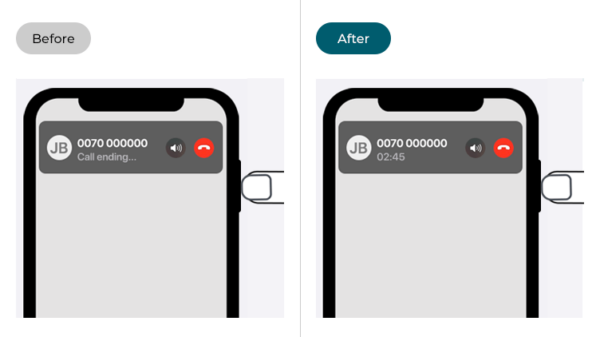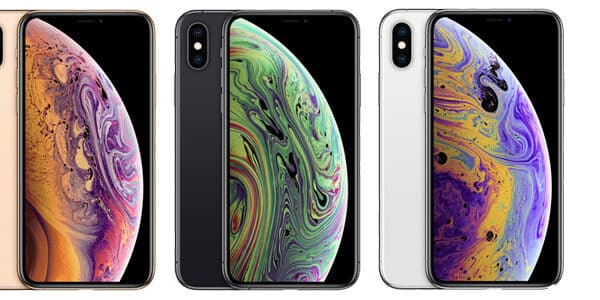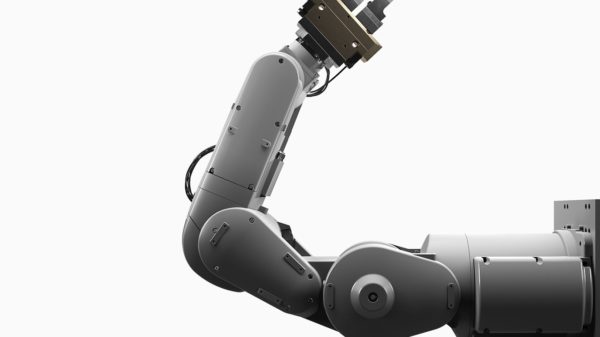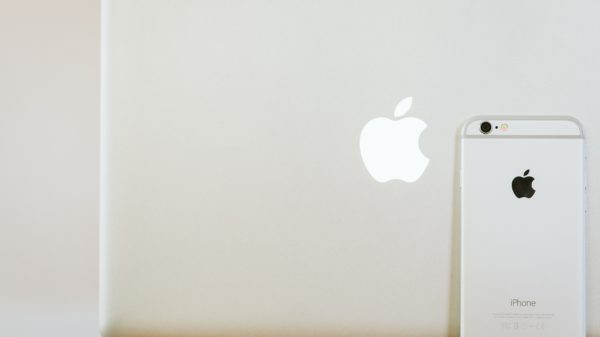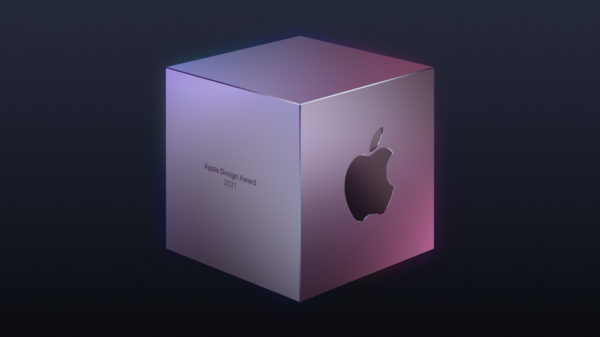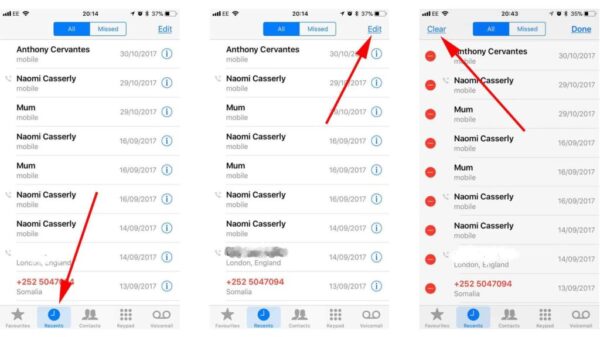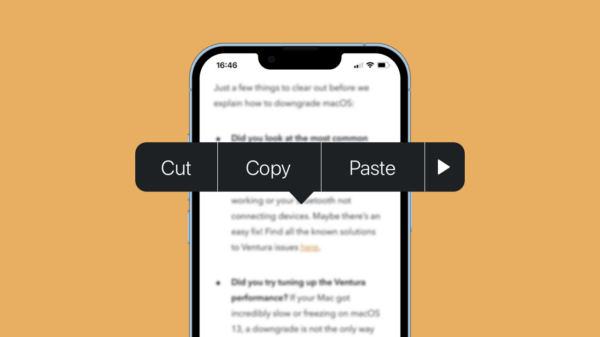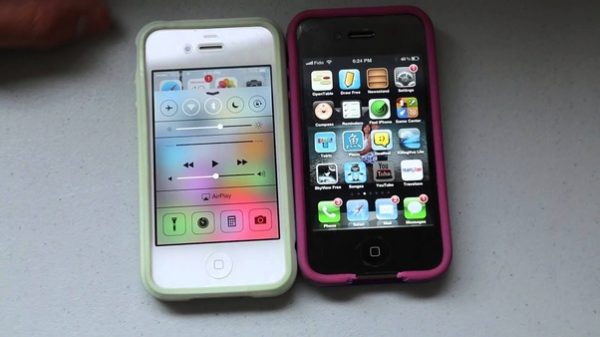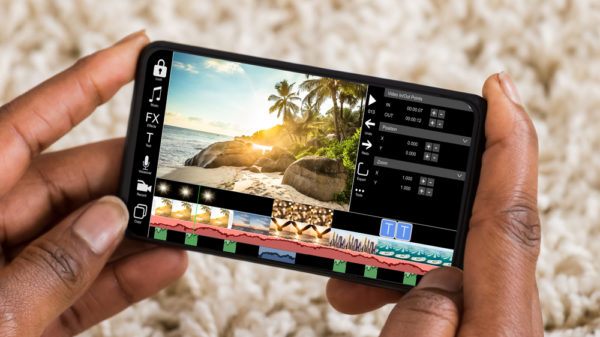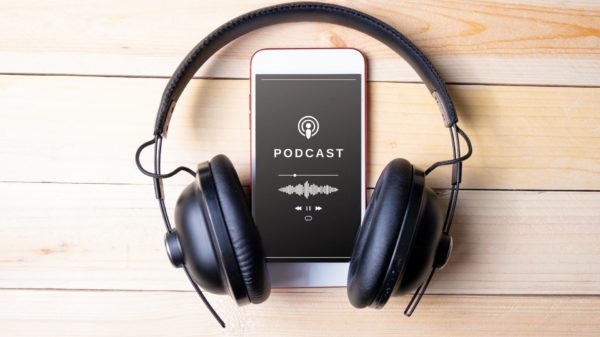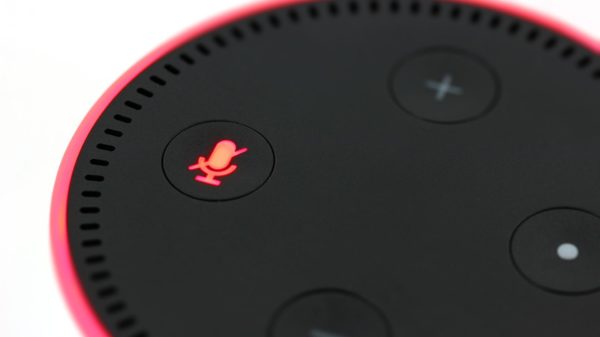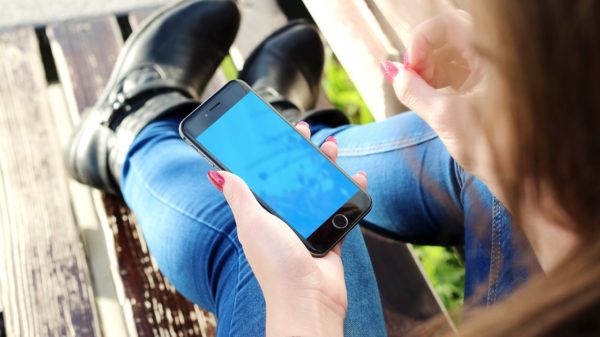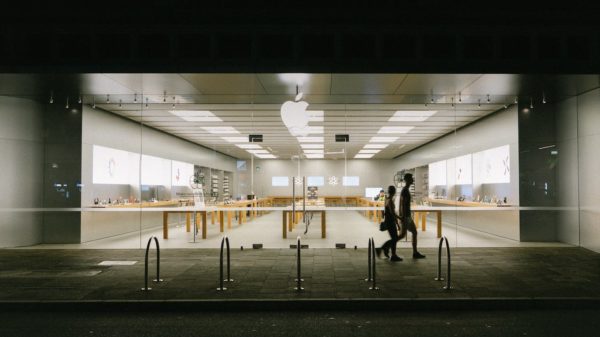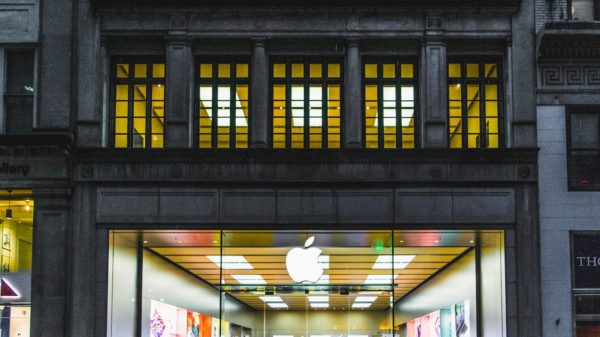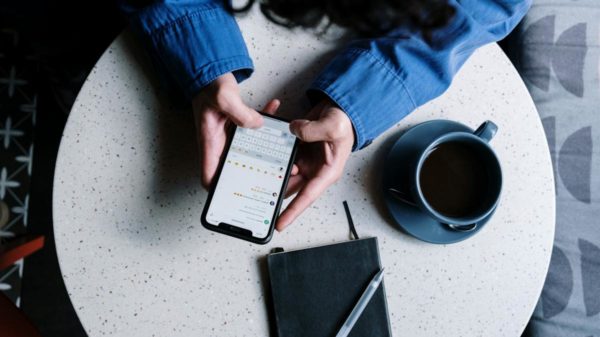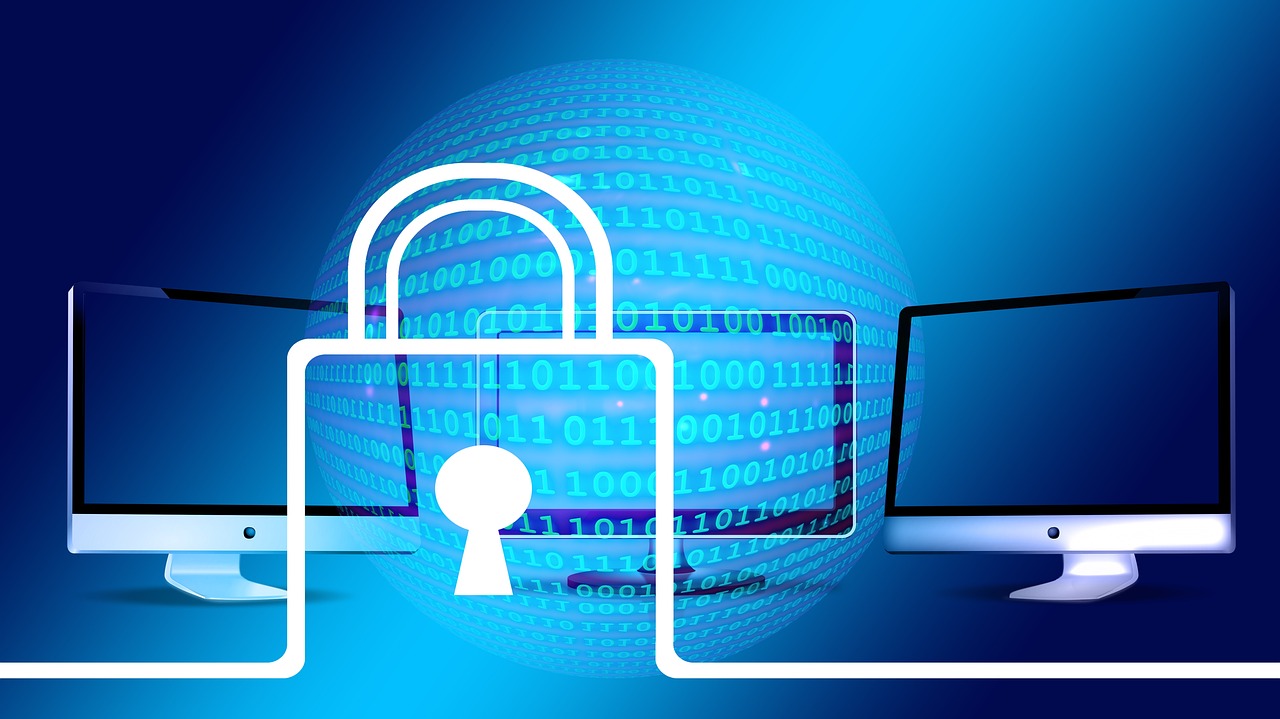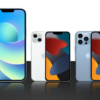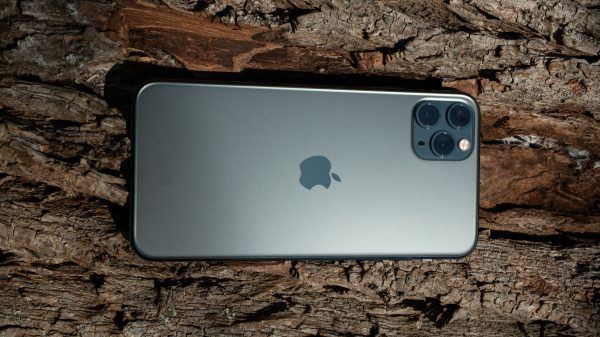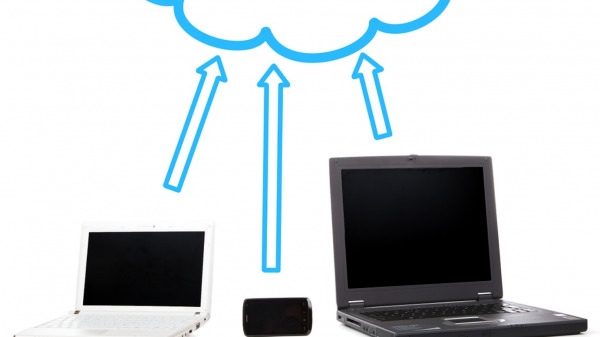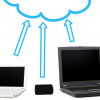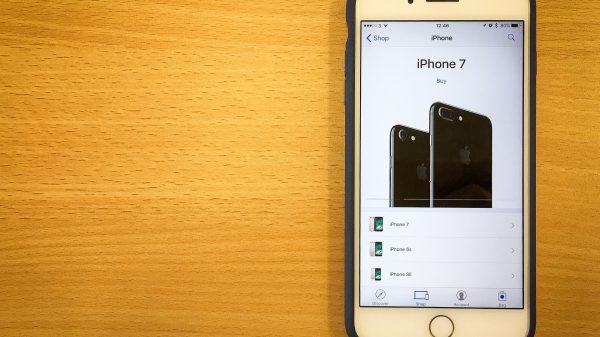Are you struggling with lackluster transfer speeds on your iPhone? The transfer of files from your device to another gadget or vice versa can be a time-consuming task. In our increasingly digital world, the expediency in file transfers has become crucial and a necessity for saving time and ensuring productivity.
Familiarize with the Basics
To navigate the path towards faster file transfers, it’s important to understand what iPhone file transfers entail. Be it your favorite photos, pertinent documents, or catchy tunes, these file transfers involve moving your data from your iPhone to another device like your computer or the cloud services. The ability to transfer varies with a range of files, from media files such as pictures, music, and videos, to documents like PDFs or Word Files.
Apple provides various solutions to cater to the needs of iPhone file transfers. The most common forms are via iCloud and iTunes, which ensure seamless transfer of files. However, there are also other third-party apps that facilitate this transfer process in a robust manner.

Top 12 Tips to Speed Up iPhone File Transfers:
- Update Your iOS: To maximize transfer speeds, it’s essential to keep your iPhone updated with the latest iOS version. Apple continually refines the operating system, often enhancing the efficiency of how the device handles data. Check for updates in your device settings and install any available updates to ensure your system is optimized for quick file transfers.
- Use a USB 3.0 Cable and Compatible Port: Utilize a USB 3.0 cable for connections between your iPhone and computer if your devices support it. The USB 3.0 standard significantly increases transfer speeds over earlier USB versions. Always connect to a USB 3.0 port on your computer, usually marked with a blue color, to take advantage of these higher transfer rates.
- Clear Unused Apps and Data: Reducing clutter on your iPhone can lead to faster file transfer speeds. By deleting apps you no longer use and removing unnecessary files or data, you free up the iPhone’s storage, which can enhance processing speed and shorten file transfer times. Navigate through your storage settings to identify and remove these data hogs.
- Disable Background App Refresh: Background app activity can slow down your iPhone, including the rate at which files are transferred. By disabling ‘Background App Refresh’ in your settings, you free up resources and focus your iPhone’s power on the file transfer, potentially speeding up the process.
- Turn Off Automatic Downloads and Updates: Automated processes, such as downloads and updates running in the background, can consume system resources and bandwidth, slowing down file transfers. In the ‘iTunes & App Store’ section of your settings, you can turn off automatic downloads for music, apps, books, and updates to ensure these don’t interfere with the transfer speed.
- Reset Network Settings: If you’re experiencing slow wireless transfer speeds, a reset of the network settings may help. This action will erase all previous settings like Wi-Fi passwords and VPN settings, which can resolve underlying issues affecting speeds. Be prepared to set up your network connections again after the reset.
- Use 5GHz Wi-Fi Network: A 5GHz Wi-Fi connection is preferable for transferring files over a wireless network due to its faster speeds and reduced interference compared to the 2.4GHz band. If your router supports dual-band connections, connect your iPhone to the 5GHz band for an optimal transfer rate.
- Remove or Disable Security Software Temporarily: Security software is crucial for protecting your device, but it can occasionally slow down data transfers. Temporarily disabling any antivirus or firewall on your iPhone or computer can remove potential barriers to transfer speed. Remember to re-enable these protections as soon as the transfer is complete to maintain your security posture.
- Restart Your iPhone and Computer: A restart can work wonders for electronic devices. By rebooting both your iPhone and computer, you can clear the memory and stop unnecessary processes that may be consuming system resources and slowing down file transfers.
- Use Wired Connections When Possible: Despite the convenience of wireless technology, wired connections like USB or Ethernet (using an appropriate adapter for your iPhone) are often faster and more reliable. For large files or data-heavy transfers, always opt for a wired connection to ensure stability and speed.
- Close Unnecessary Apps: Multitasking on your iPhone can impact performance, especially when transferring files. Before starting a file transfer, double-check to ensure that non-essential apps are closed. This practice can dedicate more system resources to the transfer process, improving speeds.
- Optimize iPhone Storage: The ‘Optimize iPhone Storage’ feature in the Photos settings is particularly useful for managing space and speeding up iCloud syncs for photos and videos. When enabled, full-resolution images and videos are stored in iCloud, and only smaller, space-saving versions are kept on the device. This can significantly reduce the amount of data that needs to be transferred and synchronized, leading to faster overall performance.
Conclusion
The process of speeding up your iPhone file transfers doesn’t have to be a drag. By understanding the basics of file transfer, implementing the tips from organizing your files to reducing their sizes, and keeping your operating system up-to-date, you can not only save time but also enhance the performance of your device. Evidently, these changes don’t merely speed up file transfers on your device, they simplify your digital lifestyle significantly so don’t hesitate to apply them. Happy file transferring!

